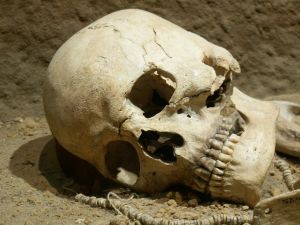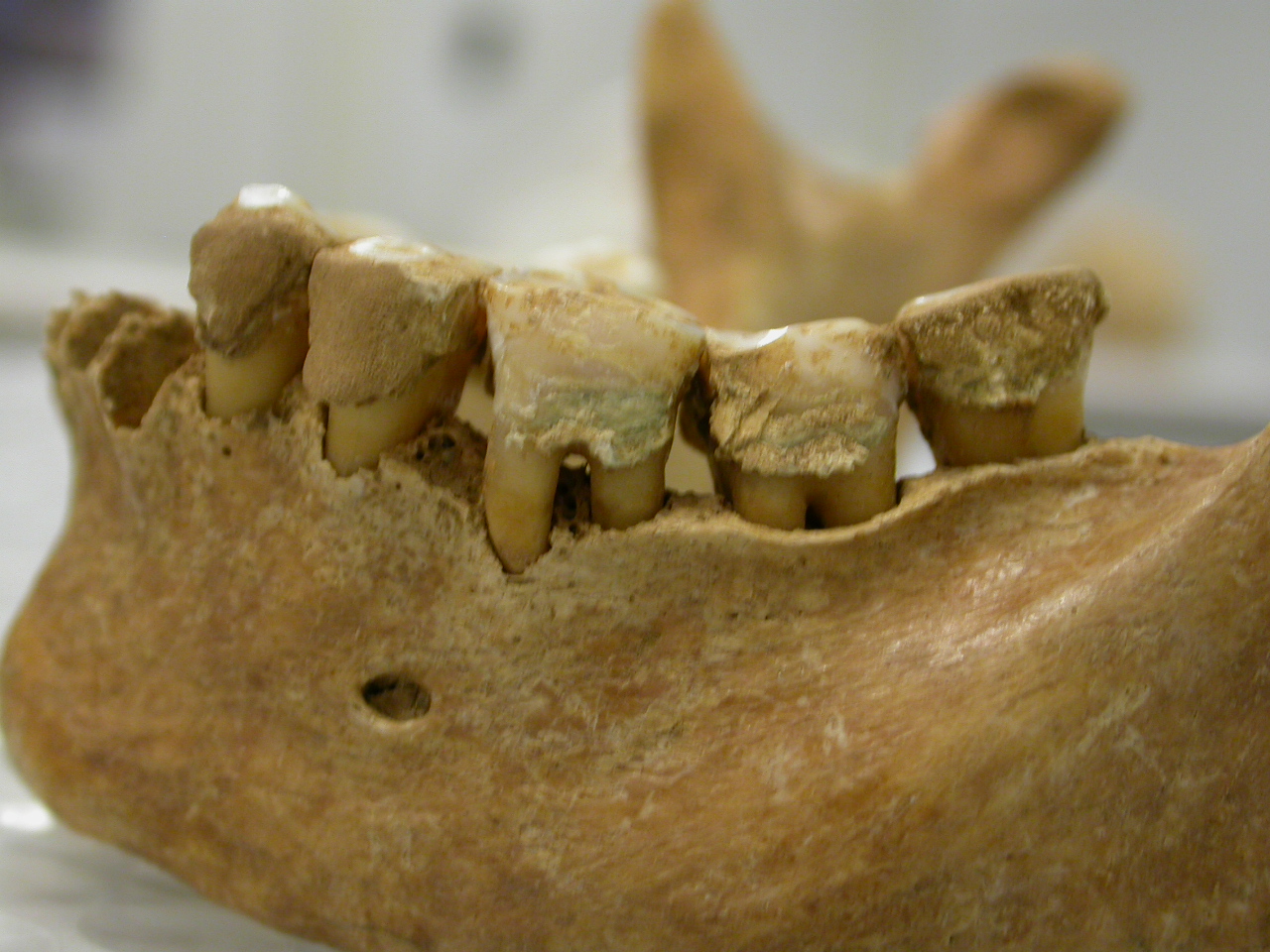Description
The 206 or so bones that comprise the adult human skeleton provide a flexible framework, protect internal organs and serve a variety of other essential functions that keep us alive. They also contain hidden clues about who we are and how we live. The focus of this class is the exploration of those hidden clues. The first part of the class introduces the field of forensic analysis and human skeletal anatomy. With this foundation we will spend the next phase focusing on individual and populational identification as students learn how to determine sex, age and ancestry through the analysis of crania, dentition and postcranial bones. The third part of the course centers on pathology of the skeleton with attention to the analysis of disease and trauma. Time pending, we will also explore the impact and interface of cultural practices on remains and on the interpretation of behavior from the archeological as well as from the fossil record. The class consists of integrated lecture and lab. NOTE: Least you think that by taking this class you’ll be able to answer all of your CSI questions, this class DOES NOT focus on the legal aspects of the application of osteological analyses such as how to investigate a crime scene, how to bag bodies, etc. And, given the limitations of time and of our skeletal collection, we will not focus on the assessment of bullet caliber, entry wounds or impact of blunt, sharp or projectile trauma though students are welcome to explore this area in their term papers. There is no prerequisite for this course nor is any prior experience with skeletal materials necessary. The only requirement is your interest. Students who intend to take W4147-W4148, the year long Human Skeletal Biology course, may take this class prior to the latter but are strongly advised against taking afterward. The same does not apply for those interested in Explorations in Primate Anatomy. Students can take both the forensics and primate osteology classes in any order though if the primate anatomy course is taken first, in order to provide a sufficient challenge, additional material will be offered during the first phase of the class while other students are mastering the basics of skeletal form. This course is usually offered every other year.
Course Outline (Please keep in mind that this is offered as a flexible outline and that course content will likely vary slightly each semester. In particular, the last section on paleopatholgy is often truncated.)
PART I. FOUNDATIONS Introduction: Course Basics The Field of Forensic Anthropology Overview of Skeletal Anatomy and Anatomical Orientation The Macroscopic and Microscopic Anatomy of Bone Establishing the Forensic Context: PART II. INDIVIDUAL AND POPULATION IDENTIFICATION Sexual Dimorphism and the Estimation of Sex: Cranial Bones Sexual Dimorphism and the Estimation of Sex: Postcranial Bones A Brief Overview of Facial Reconstruction Assessing Variability Among Populations: Attribution of Ancestry Analyzing Dentition: Identifying Individuals, Assessing Age and Ancestry Growth of the Skeleton and the Estimation of Age: Cranial and Postcranial Bones Estimating Stature PART III. DISEASE AND TRAUMA IN THE HUMAN SKELETEN Introduction to the Study of Paleopatholgy and Diagnosing Neoplasms Diagnosing Endrocrine and Metabolic Disorders Congenital Skeletal Defects and Diseases of the Joints Infections of Bone—General and Specific Miscellaneous Conditions and Trauma to the Skeleton Diseases of the Jaws and Teeth Analyses of Skeletal Populations--Recent and Remote Past (top) |

|

